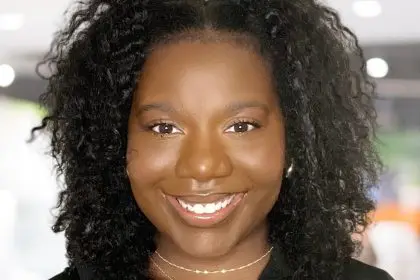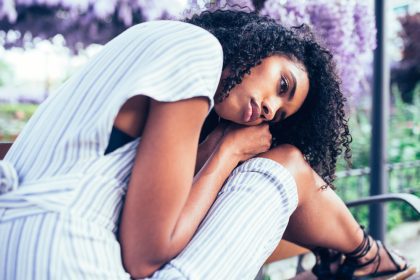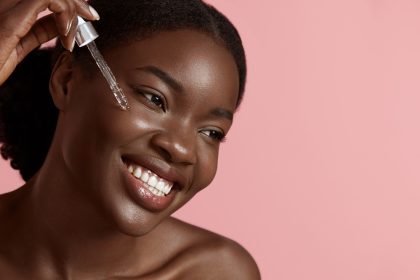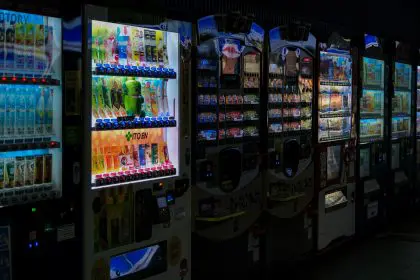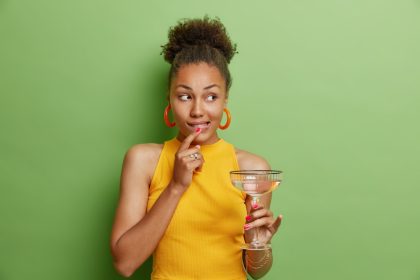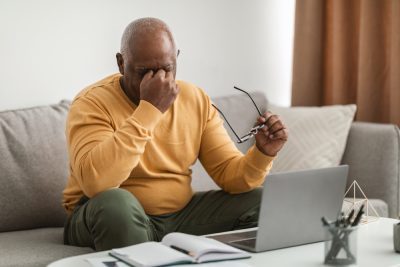
Keloid scarring is one of the unusual skin conditions people experience and can come from many things like a C-section or getting tattoos or piercings. According to Medical News Today, keloids are more likely to develop in areas of the body with more melanocytes (cells that make pigment), making Black, Asian and Hispanic people more prone to the condition.
Licensed esthetician and skin specialist Ashton Odom has experienced clients with keloid scarring who want to lessen the mark or manage the keloid without feeling insecure or afraid of what may others say. She expressed how vital wound care is and how keloids can be preventable depending on how the keloid is formed.
How does a keloid form?
Keloids come from the excess production of collagen, a protein in our body that helps heal wounds. So any time you get a cut, incision, burn, or any injury to your skin, you produce more collagen to aid in the healing process; too much collagen leads to keloids.
Are keloids preventable?
Keloids are somewhat preventable. Proper wound care is critical, so keeping the wound clean and moist help, and if it’s a surgical wound, listen to your doctor on whatever post-care instructions they have. On the other hand, some people are genetically predisposed to keloids. Meaning if a family member gets keloids, there is a chance that you could/will get them too.
What are some ways to treat or minimize keloid scarring?
Many people are under the impression that once you have a keloid, there’s nothing you can do about it. Still, there are several different treatments— for newer keloids, daily massages help to reduce the appearance, and you can also use silicone gels that help with the reduction of collagen. More advanced treatments are steroid shots, laser treatment, and having them surgically removed.

